
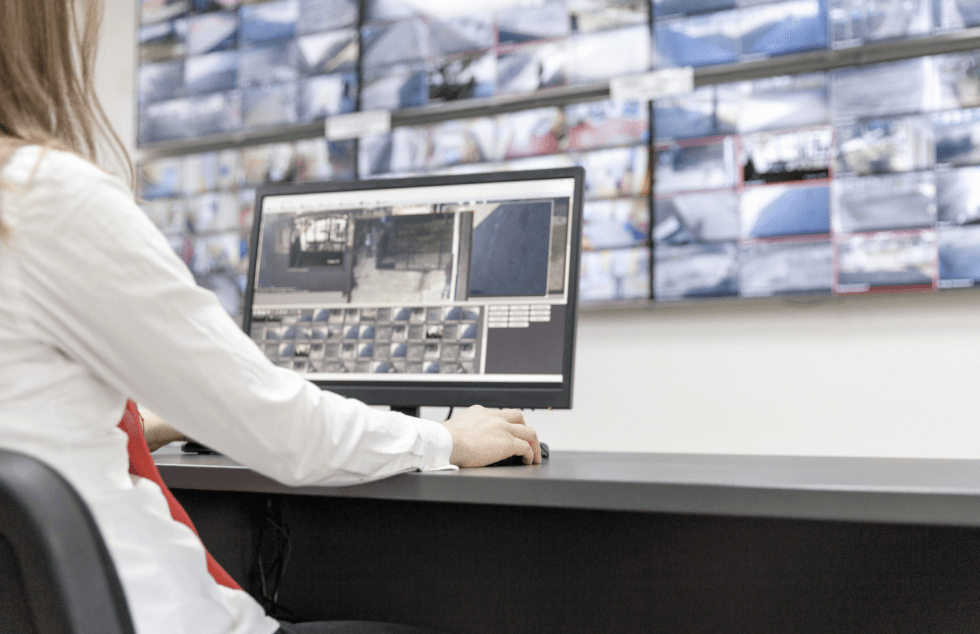
Ann Rudinow Saetnan (Norwegian University of Science and Technology);
Rocco Bellanova (University of Amsterdam)
Human-in-the-loop is an organizational model where human interaction is required in an otherwise automated or automatable process, with the assumption that said human(s) – through learning, special skills, and exercise of discretion – can affect changes on work processes and their outcomes, not least as these affect other humans.
Air Pollution in Real Time in Cuenca & New Orleans in 2019
Paola Estefanía Galarza;
Paola Estefanía Galarza, Kaleidos – Centro de Etnografía Interdisciplinaria (Universidad de Cuenca & FLACSO Ecuador)
This making and doing project aims to show how air pollution moves across an Andean city as well as during the conference in New Orleans. Our project will visually explore air pollution in two different moments.
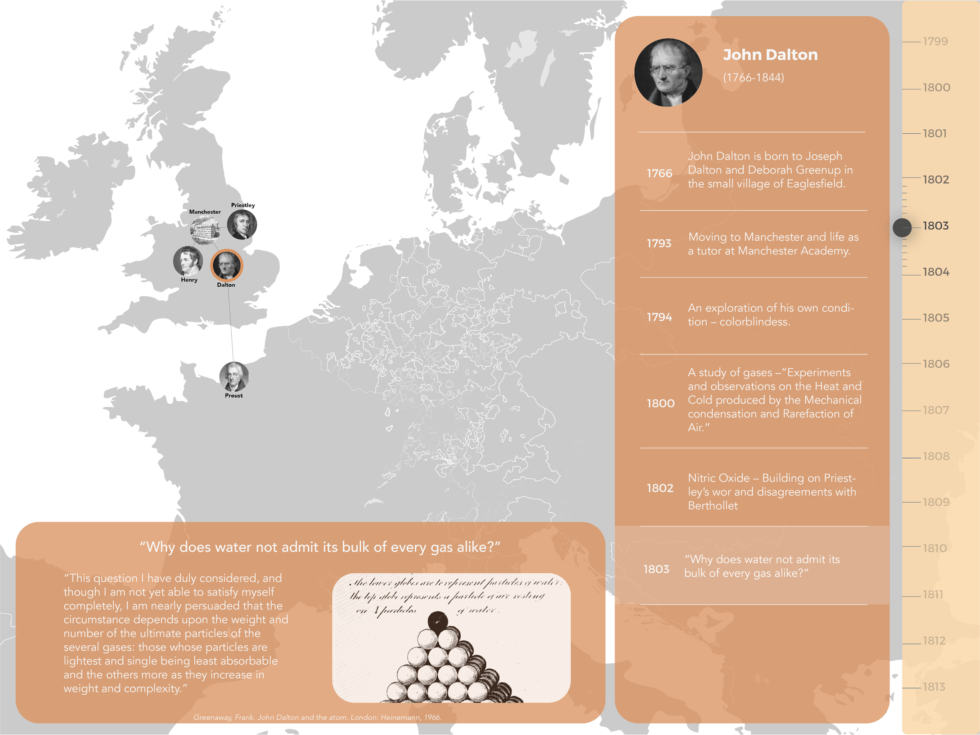
Aditya Anupam, Georgia Institute of Technology
The history of scientific research is commonly narrated as a linear sequence of scientists and their models. Yet, STS studies have shown repeatedly that science is heavily influenced by the situations scientists work on, and the situations themselves are a complex amalgamation of the human and material conditions. This project puts forward a critique of traditional historical narratives of science in the form of a digital interactive visualization of the history of atomic research in the 18th and 19th century.
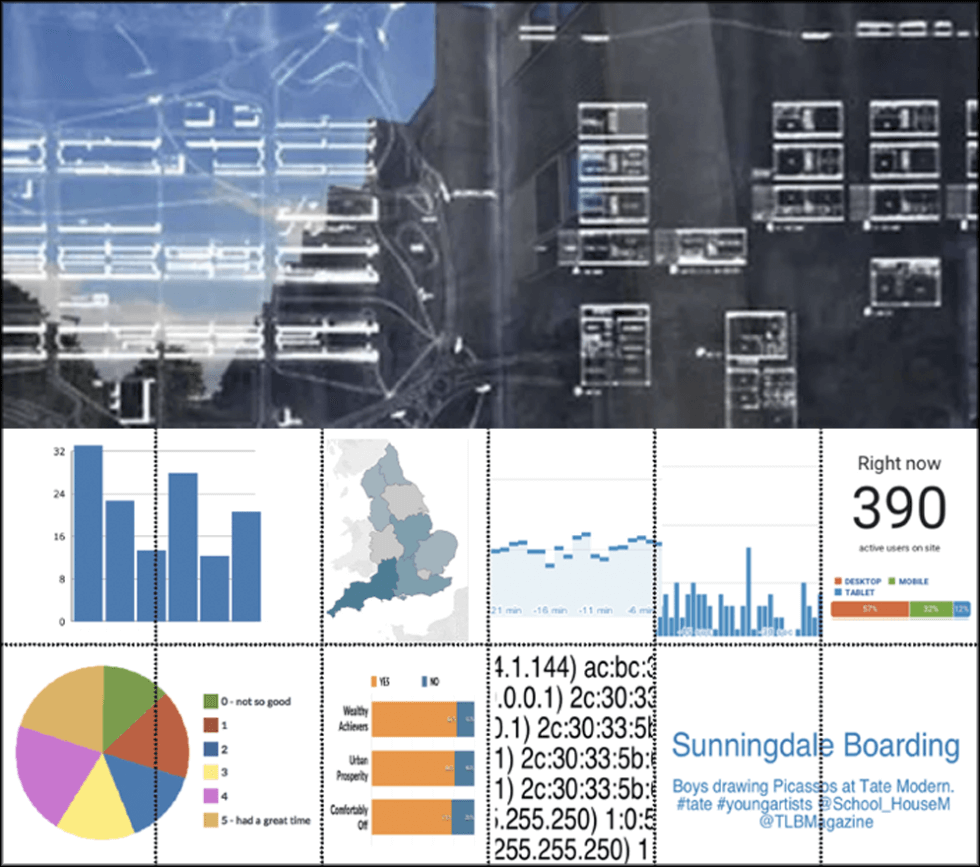
Liz McFall, Edinburgh University;
David Moats, Linköping University
with Darren Umney, Open University; Sapphire Goss, artist; and Thomas Blackburn, artist
Art museums and galleries are increasingly called on to demonstrate audience engagement and participation, traditionally through ticket sales and audience surveys but more recently through more responsive forms of data analytics borrowed from market research. Our exhibition will partially recreate an arts engagement exercise at London‘s Tate Modern in 2018 which consisted of projections on two facing screens.

Gabi Schaffzin, UC San Diego
"Find Your Fit" is an interactive and multimodal experience that uses the proprietary and encrypted translation algorithms built into the Fitbit to visualize a participant‘s movement.
Inquisitive Fabric: Fashioning a Response to the Ever-Present Gaze of the Smart City
Pragati Singh, Georgia Institute of Technology
This installation uses aesthetics of fashion as a critical mode of inquiry into the emergent digital infrastructure while serving as a point of reflection and conversation around issues of surveillance, control, and citizenship. More specifically, we present an interactive garment that uses GPS technology to light up with greater intensity where there is a greater presence of sensing technologies.
Narrating Anthropocenes
Scott Knowles, Drexel University
In recent years, there have been many STS efforts to grasp and attend to the Anthropocene, recognizing that new forms of collaboration among STS scholars and between STS scholars, other experts (including lay exports), and varied publics is called for. In this Making & Doing exhibit, we‘ll share the experiences and tactics developed in a project to characterize quotidian Anthropocenes -- how the Anthropocene is playing out in local ways, in vernacular terms, through diverse creative practices.

Sebastián Ureta, Universidad Alberto Hurtado, Chile;
Abby Kinchy, Rensselaer Polytechnic Institute, US
Nuestros Suelos (Our Soil) is a research initiative looking to design, test and disseminate a toolkit for participative soil degradation assessment based on a citizen science sensibility and low-cost open hardware technologies.
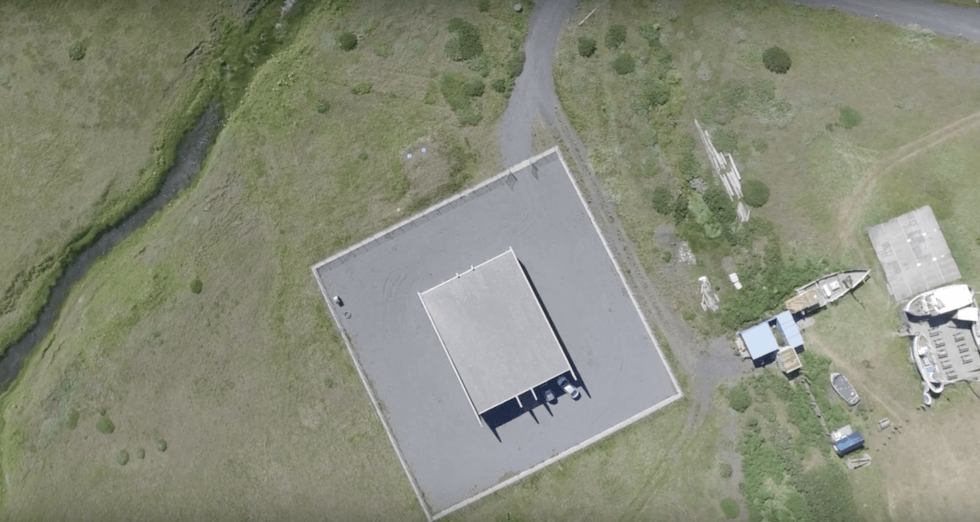
Adam Fish, University of New South Wales;
Weizenbaum Institute for the Networked Society
This experimental 20-minute video submerges the audience in the socio-ecological tangles of the materiality of the internet. It shows what can been seen and mediates the unseen. The video focuses not on the consumerism surrounding digital culture but rather on the symbiotic relationship between information infrastructure and the geographic, geologic, oceanographic, and atmospheric elements, immersing the audience in the textures, sounds, vertical vision, of the digital ecology of the North Atlantic.
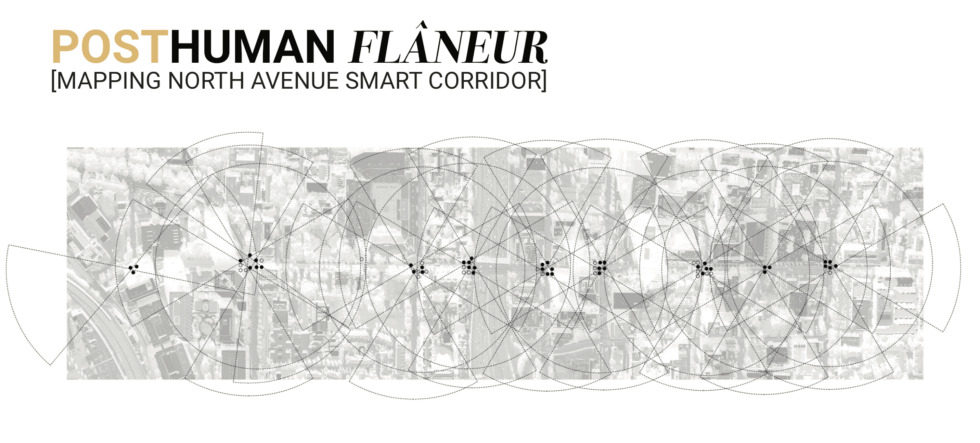
Hayri Dortdivanlioglu, Georgia Institute of Technology
'Post-human Flaneurs' project deals with one of the main topics of STS: the interaction between human and technology. Using a new generation of surveillance technology, the North Avenue Smart Corridor project produces data by recording every human activity taking place on the avenue.

Yanni Loukissas, Georgia Tech
Jude Ntabathia, Georgia Tech
Jihan Sherman, Georgia Tech
Jer Thorp, NYU
The Map Room project develops local spaces for grassroots map-making, where people can creatively and collaboratively explore data. Conventional digital maps can help people see rapid, large-scale social and environmental changes, even as they unfold. But often these maps are based on abstract data alone and are disconnected from the lived experiences of their audiences. The project empowers people to understand, but also challenge and even redefine the stories that maps and data tell about their lives, and about the places they live.
